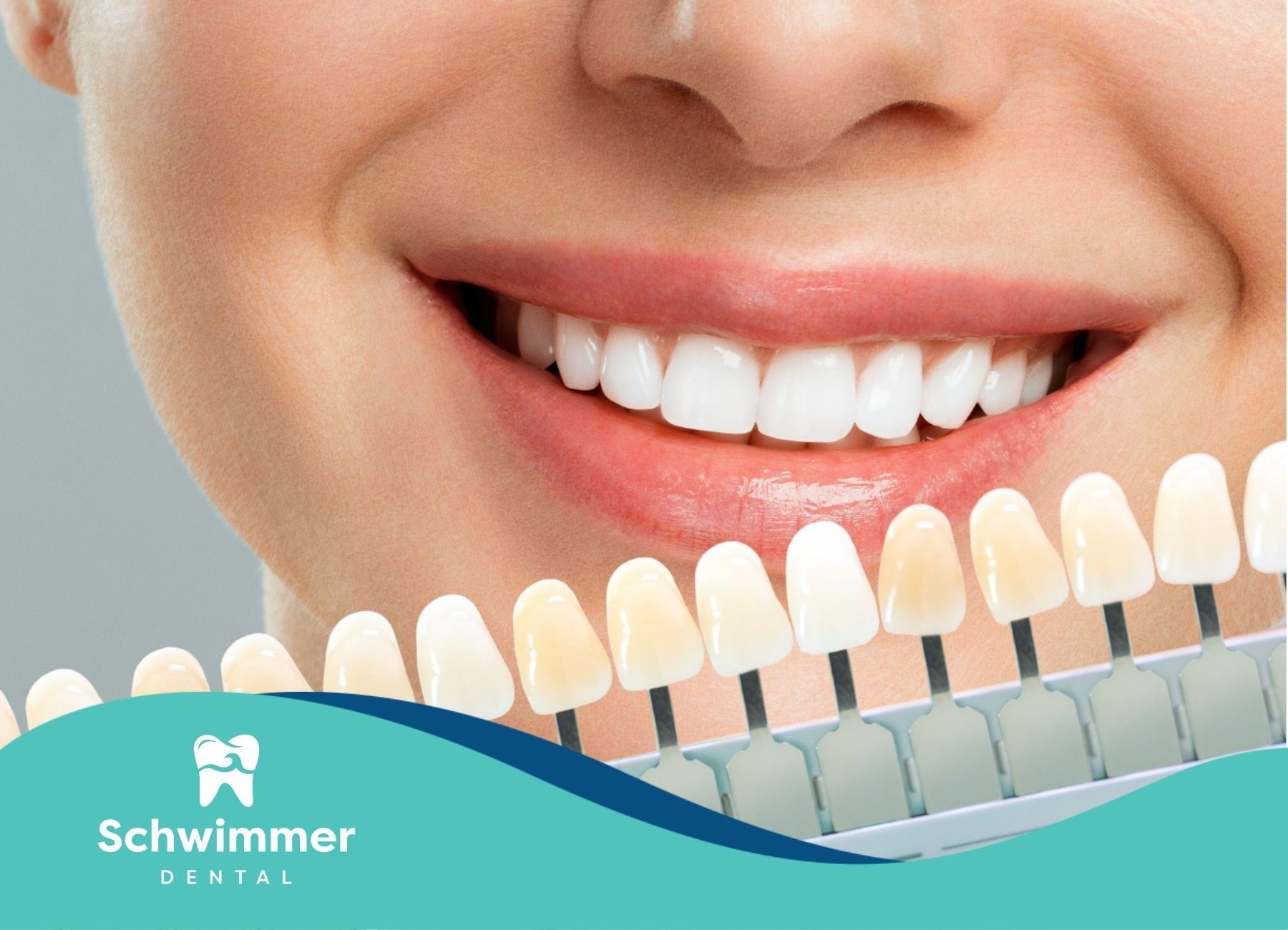Ready to Drive After Dental Anesthesia? Read This First
You’ve just finished your dental procedure, and now you’re thinking about heading home. But wait—should you really be driving after receiving anesthesia?
Let’s walk through what you need to know to stay safe and legal after your dental appointment.
Understanding Dental Anesthesia and Its Impacts
In my experience, no two dental procedures are exactly the same—and the same goes for anesthesia. Whether it’s a simple numbing injection or full IV sedation, each method has different effects on the body.
What many patients don’t realize is that anesthesia can affect more than just the area being worked on. It can slow down your reflexes, cloud your thinking, and throw off your coordination—all of which are essential for safe driving.
What is Dental Anesthesia?
Dental anesthesia comes in several forms, each tailored to meet different comfort levels and procedure types.
The most common is local anesthesia, which numbs a small area—perfect for dental fillings or minor dental work. You're fully awake but can’t feel anything in that specific spot.
For patients with higher anxiety or those undergoing more extensive procedures, we may use sedation dentistry—anything from oral sedatives to IV sedation—or even general anesthesia, which puts you fully asleep.
How Does Dental Anesthesia Work in the Body?
To put it simply, anesthesia works by blocking the pain signals from your nerves to your brain. But the way it does this depends on the type used.
With local anesthesia, the numbness stays right where we inject it and wears off in a few hours.
With sedation or general anesthesia, the medication enters your bloodstream and affects your central nervous system. This can leave you feeling drowsy, dizzy, or disoriented even after you wake up.
That’s why it's so important to give your body time to fully recover before doing anything that requires full mental focus—like driving.
Assessing Readiness to Drive Post-Anesthesia
Just because your procedure is done doesn’t automatically mean you’re good to go. In fact, one of the biggest mistakes I see is patients assuming they’re “fine” too soon.
Every person processes anesthesia differently. So, even if you’re awake and alert, you may still have slowed reflexes or impaired judgment without realizing it.
Here’s how we recommend checking if you’re really ready to drive.
Factors That Influence Recovery Time
Several key factors determine how quickly your body bounces back from anesthesia:
- Type of anesthesia used: Local anesthesia wears off the quickest. IV sedation and general anesthesia require longer recovery times.
- Your overall health: Your age, metabolism, and any medical conditions can all affect how your body processes the medication.
- Type of dental procedure: A more complex procedure may require deeper sedation and a longer recovery period.
We always encourage open communication. Let us know how you’re feeling post-op so we can advise you on whether it’s safe to drive—or if someone else should take the wheel.
Symptoms to Watch Before Driving
It’s not just about feeling “awake”—driving safely requires full physical and mental coordination.
Here are the red flags we tell our patients to look for before even considering driving:
- Drowsiness or trouble staying alert
- Dizziness or lightheadedness
- Blurred vision
- Trouble concentrating
- Delayed reaction time
If you experience any of these, you’re not ready to drive. It’s that simple.
Official Guidelines and What We Recommend
As dental professionals, we base our advice on both clinical experience and trusted medical guidelines—like those from the American Dental Association (ADA).
The bottom line? Safety comes first.
What Do Health Authorities Advise?
Health authorities recommend waiting at least 24 hours before driving if you’ve received:
- General anesthesia
- IV sedation
Even if you’ve had local anesthesia, we urge you to be cautious—especially if you’re still numb, drowsy, or just not feeling 100%.
Here’s a quick reference for safe driving after anesthesia:
Essential Safety Precautions for Driving After Anesthesia
Even if your recovery seems to be going well, it’s always better to play it safe. Here are some tips I give all my patients post-anesthesia:
- Stay hydrated: Sip on clear fluids to help your body flush out the medication. Avoid caffeine or sugary drinks—they can actually dehydrate you.
- Plan ahead: Have a friend, family member, or rideshare take you home from your
dental appointment.
- Rest up: Give yourself plenty of time to sleep and fully recover.
If you have even the slightest doubt about whether you’re ready to drive, don’t. Your safety—and everyone else’s on the road—is too important.
At Schwimmer Dental, your safety doesn’t stop at the end of the procedure. We want you to recover fully, comfortably, and responsibly.
Knowing how long after dental anesthesia you can drive isn’t just a detail—it’s a critical part of post-treatment care. Whether you’ve had local numbing or full sedation, we’re here to guide you with personalized advice every step of the way.
Frequently Asked Questions
How long after dental anesthesia is it safe to drive?
It depends on the type of anesthesia you received, your health, and how invasive the procedure was. We always recommend asking us directly after your appointment to make sure you’re fully in the clear.
Can different types of anesthesia affect driving times?
Absolutely. Local anesthesia typically wears off quickly, while sedation and general anesthesia can take a full 24 hours—or more—for full recovery. We’ll let you know what’s right for you.
Is it illegal to drive after dental anesthesia?
Driving while impaired by anesthesia can carry legal consequences similar to driving under the influence of drugs or alcohol. If your reflexes or judgment are compromised, it's not only unsafe—it may be against the law.
Sources:
- https://my.clevelandclinic.org/health/treatments/22275-sedation-dentistry
- https://www.ncbi.nlm.nih.gov/books/NBK592406/
- https://www.ncbi.nlm.nih.gov/books/NBK580480/
- https://www.colgate.com/en-us/oral-health/anesthesia/local-anesthesia
- https://www.uhsussex.nhs.uk/resources/care-of-the-mouth-after-dental-extractions-under-local-anaesthetic/
- https://www.verywellhealth.com/driving-after-surgery-3156820



